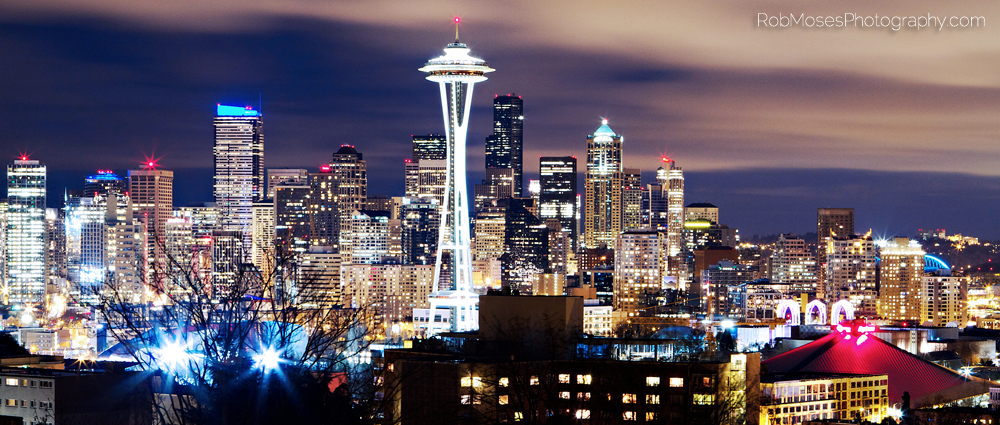It’s midnight. Everyone’s gone home. Why is your vending machine on?
Vending machines use electricity 24 hours a day, nights, weekends, and holidays. Even if no one’s around to use them. Seattle City Light has a better way.
 The VendingMiser reduces the energy consumption of cold drink vending machines by using an occupancy sensor to power down the lights and compressor. A temperature sensor powers the machine back up as needed to keep drinks cold. The device is invisible to the user since the lights come on when an occupant is detected.
The VendingMiser reduces the energy consumption of cold drink vending machines by using an occupancy sensor to power down the lights and compressor. A temperature sensor powers the machine back up as needed to keep drinks cold. The device is invisible to the user since the lights come on when an occupant is detected.
Here’s a great endorsement for the VendingMiser product from the Seattle City light Conservation.
Vending machines are large energy consumers because they are on 24 hours a day, 7 days a week, 365 days a year even if no one is around to use them. Not only do they keep the product cool (or warm), but they use lights (and sometimes sounds) to attract people to purchase items.
According to the Seattle City Light Conservation, vending machines consume 7-14 kilowatt-hours/day, depending on size, meaning each vending machine may cost about $300 a year to run! In order to make vending machines more energy efficient, the University of Wisconsin-Stevens Point will be installing a device called the Vending Miser on all vending machines starting in the summer of 2005.
It is reported that one Vending Miser will reduce the power consumption of a cold drink vending machine by an average of 46% and reduce greenhouse gas emissions by 2,200 lbs. of CO2 and 3,600 grams of NOx each year (based on occupancy and the Environmental Information Administration’s national average of greenhouse gas emissions and electricity generation). SnackMisers will also be installed on snack vending machines beginning in the summer of 2005.
City Light Incentives have spurred the installation of over 3,300 units in the Seattle area. Click here for independent reports in Adobe Acrobat format.

